Apple yesterday afternoon has started selling the new iMac Pro. If you have not yet registered information about this news, it is "professional all-in-one solution", which has server hardware, enormous performance and a corresponding price. Reactions to the news are cautiously positive. Those who have a test model are enthusiastic about its performance (compared to the old Mac Pro) and are busy preparing detailed reviews. The biggest issue that keeps coming up with the new iMacs is the impossibility of potentially upgrading it.
It could be interest you

Considering the target group that Apple is targeting with this product, it's really worth considering. Professional workstations usually offer an upgrade option, but Apple decided otherwise. The new iMac Pro is essentially non-upgradable, at least from the point of view of the end customer (or possible tech support in the company). The only option for a hardware update is in the case of RAM memory. However, even those can be officially replaced either directly by Apple or by some official service. Apart from the operating memories, however, nothing else can be changed.
Official iMac Pro Gallery:
It is not yet clear what the new iMac Pro looks like inside. We'll have to wait a few more days for that, until iFixit gets into it and thoroughly describes, photographs and films everything. However, it can be expected that there will be a proprietary motherboard inside that will have four slots for ECC DDR 4 RAM, so swapping should be relatively easy. Due to the specific architecture of the internal layout of the components, it is logical that, for example, the graphics card cannot be replaced. The processor as such should theoretically be replaced, as it will be stored in a classic socket using the standard method. Another big unknown is whether Apple will allocate PCI-E hard disks (as in the MacBook Pro), or whether it will be a classic (and thus replaceable) M.2 SSD.
It could be interest you
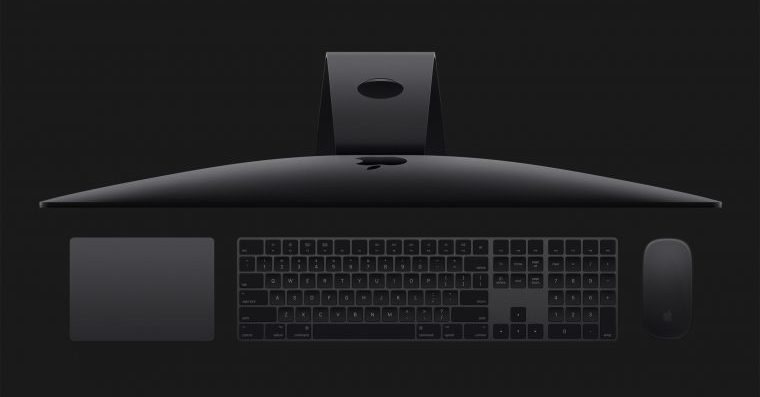
Due to the impossibility of another upgrade, users really have to think carefully about how powerful a configuration they choose. In the base there is 32GB 2666MHz ECC DDR4 memory. The next level is 64GB, but for this you will pay a whopping $800 more. The maximum possible amount of installed operating memory, i.e. 128GB, is with an additional charge of 2 dollars compared to the basic version. If you choose the basic version and buy additional RAM over time, get ready for a serious investment. It can be expected that any upgrade will be at least as expensive as it is now in the configurator.
Source: Macrumors
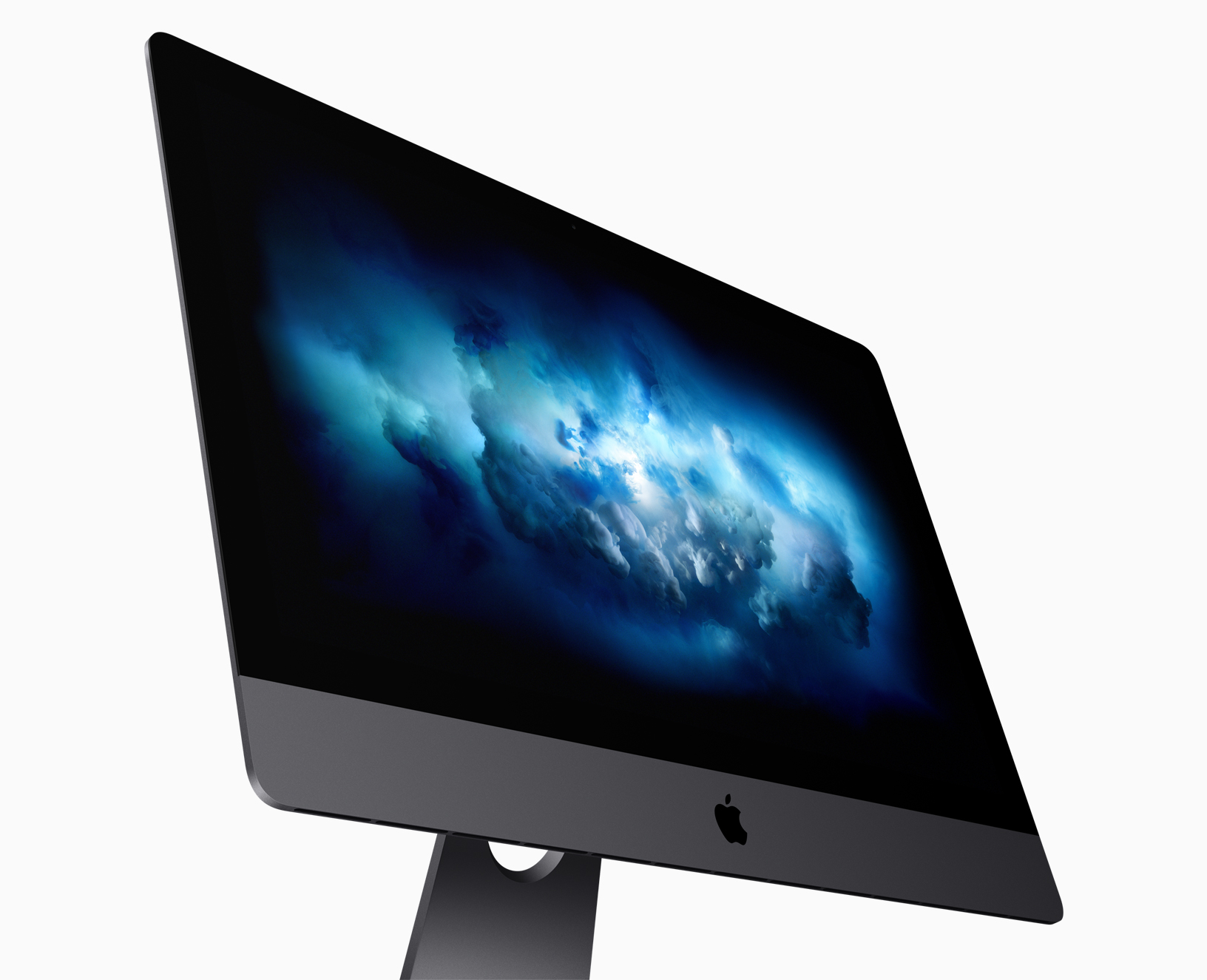

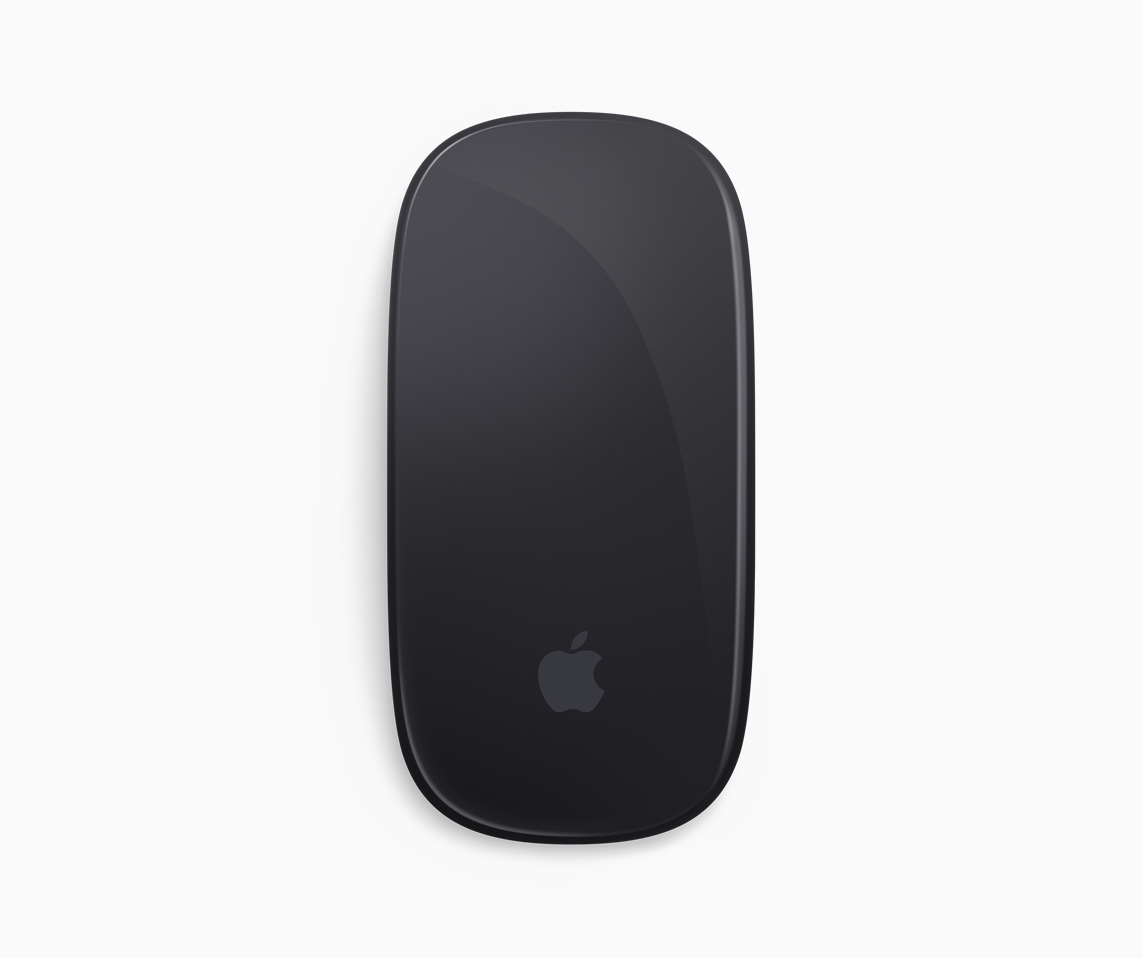

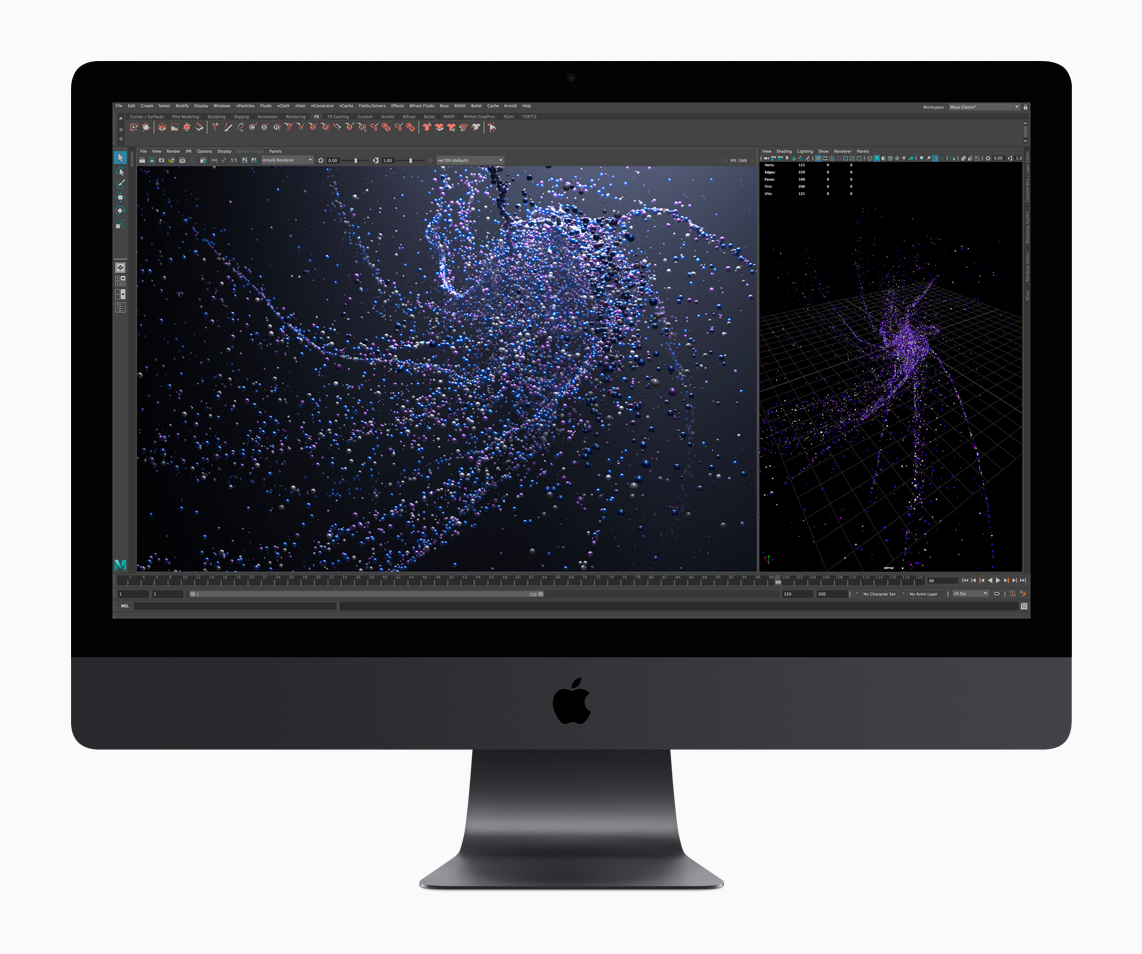
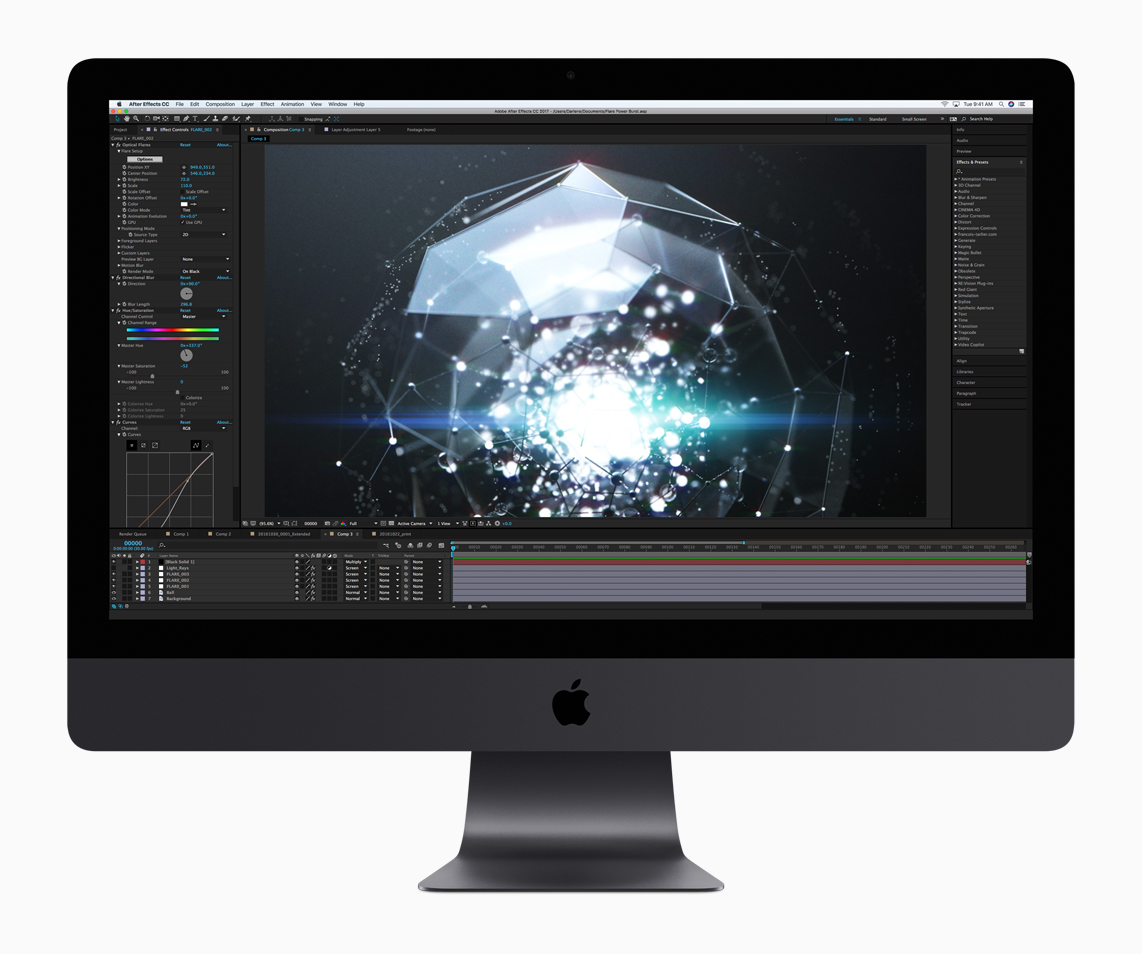
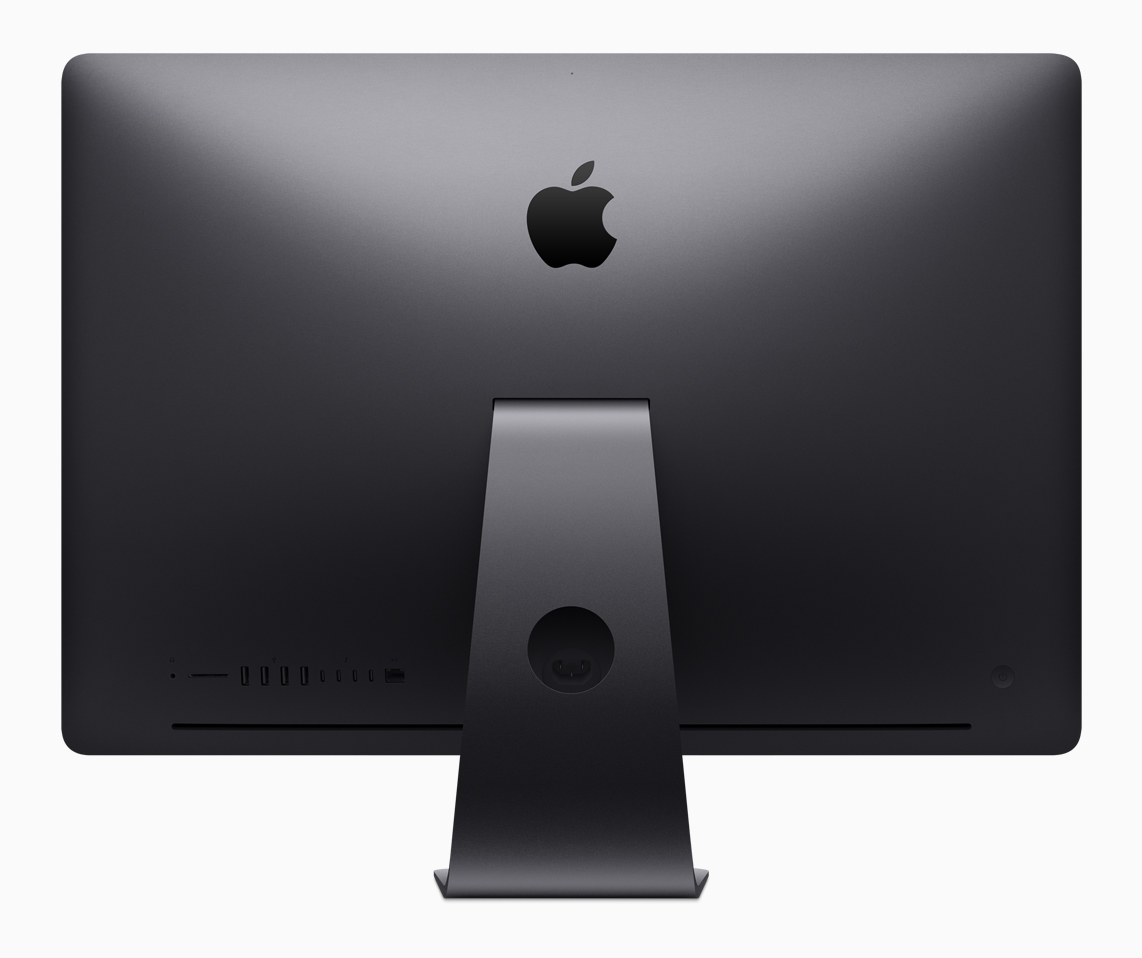
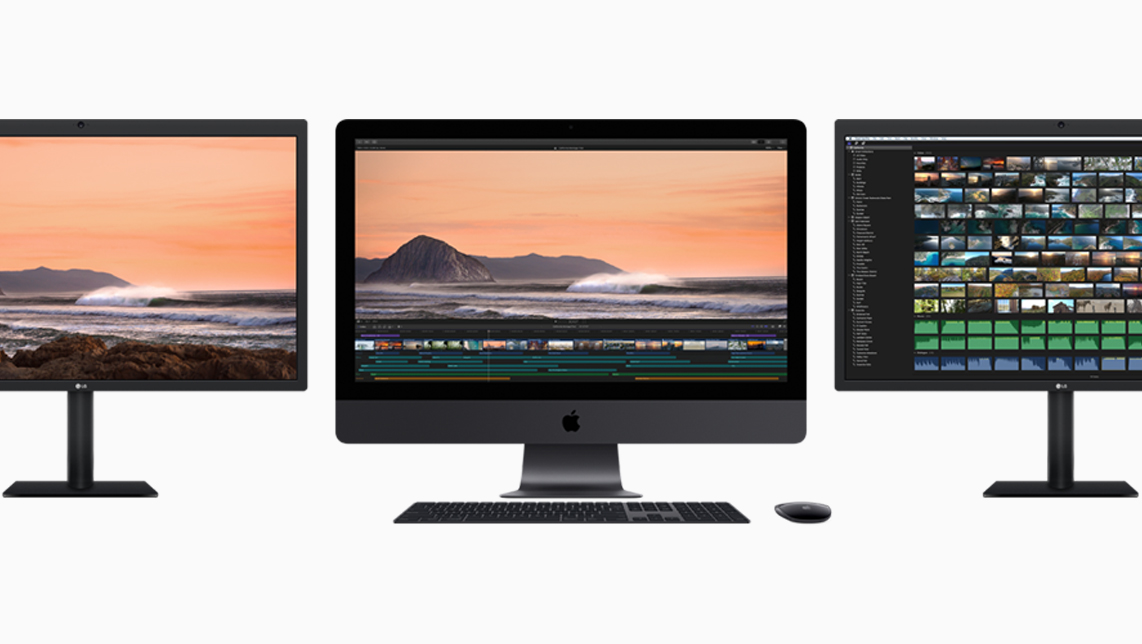
The processor will definitely be upgraded.
The disk will probably be on the board, since the T2 chip is there, but the iMac Pro has 4 Thunderbolt 3 ports, so it is possible to buy a disk array with ssd disks.
The graphics card will be able to be external as shown by Apple at WWDC.